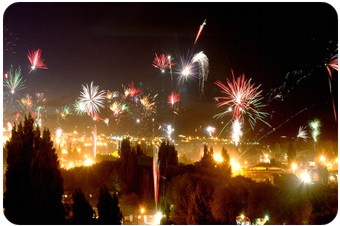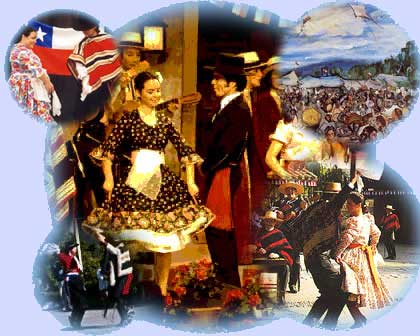

In Argentina, Christmas is celebrated with an array of gifts, picnics, champagne, cakes, and fireworks at midnight. People display either live or plastic decorated trees in their houses, which they leave gifts under. The trees are decorated with lights and knick-knacks, some even have cotton to simulate snow. People attend religious services during most of Christmas day and then get together with their family and friends for Christmas dinner. Sometimes families plan picnics are barbeques because the whether is very nice.
The Nativity scene of Jesus in the manger is a common image associated with this celebration in Argentina and many places around the world, but in Argentina it is common to find this scene displayed in the home. Carols can also be heard from people singing door to door or by families congregated around a piano.
Typical foods for this celebration in Argentina include niños envuettas, suckling pig, and roast peacock. Niños envuettas is a dish with steak stuffed with meat, onions, hard-boiled eggs, and spices.
The Christmas celebrations end on January 6th, when children leave their shoes under a Christmas tree or next to their beds and await for the Magi to bring them gifts. They also leave water outside of the house for the horses of the Magi.
Sources:
http://www.bellaonline.com/articles/art26683.asp
http://www.travelsur.net/facts102.htm
http://www.christmascarnivals.com/aroundtheworld/argentina.html












